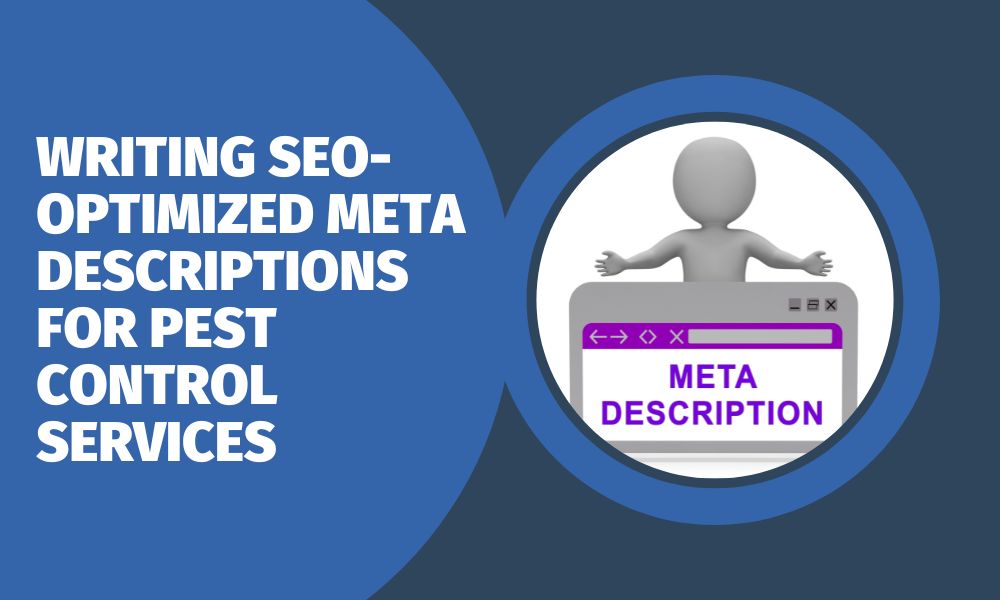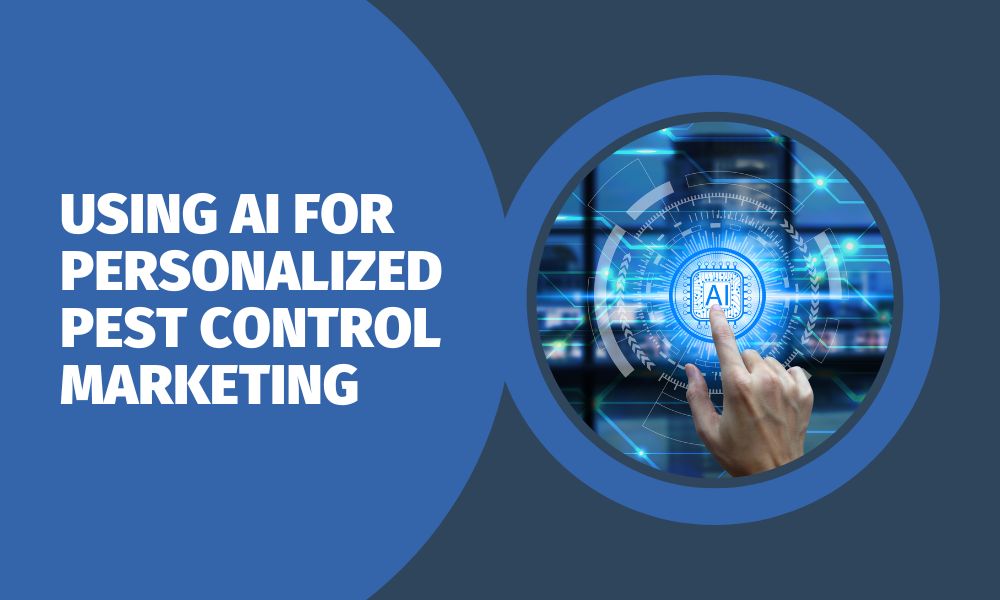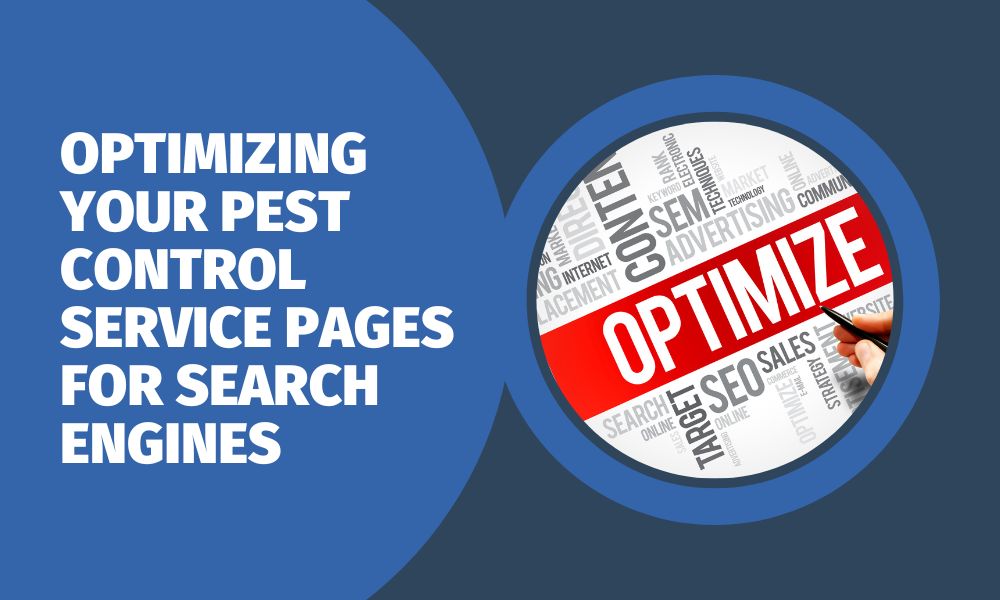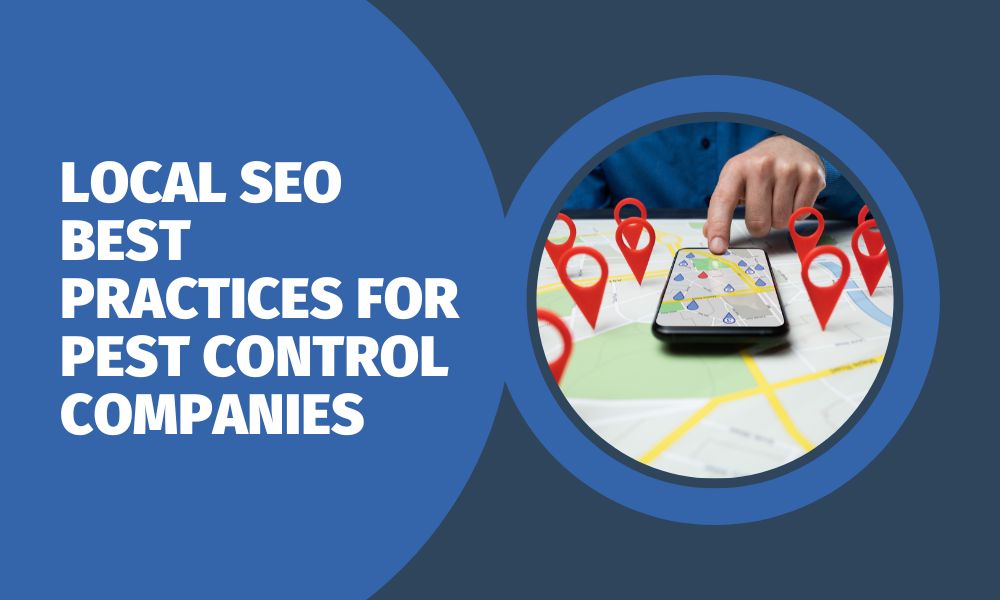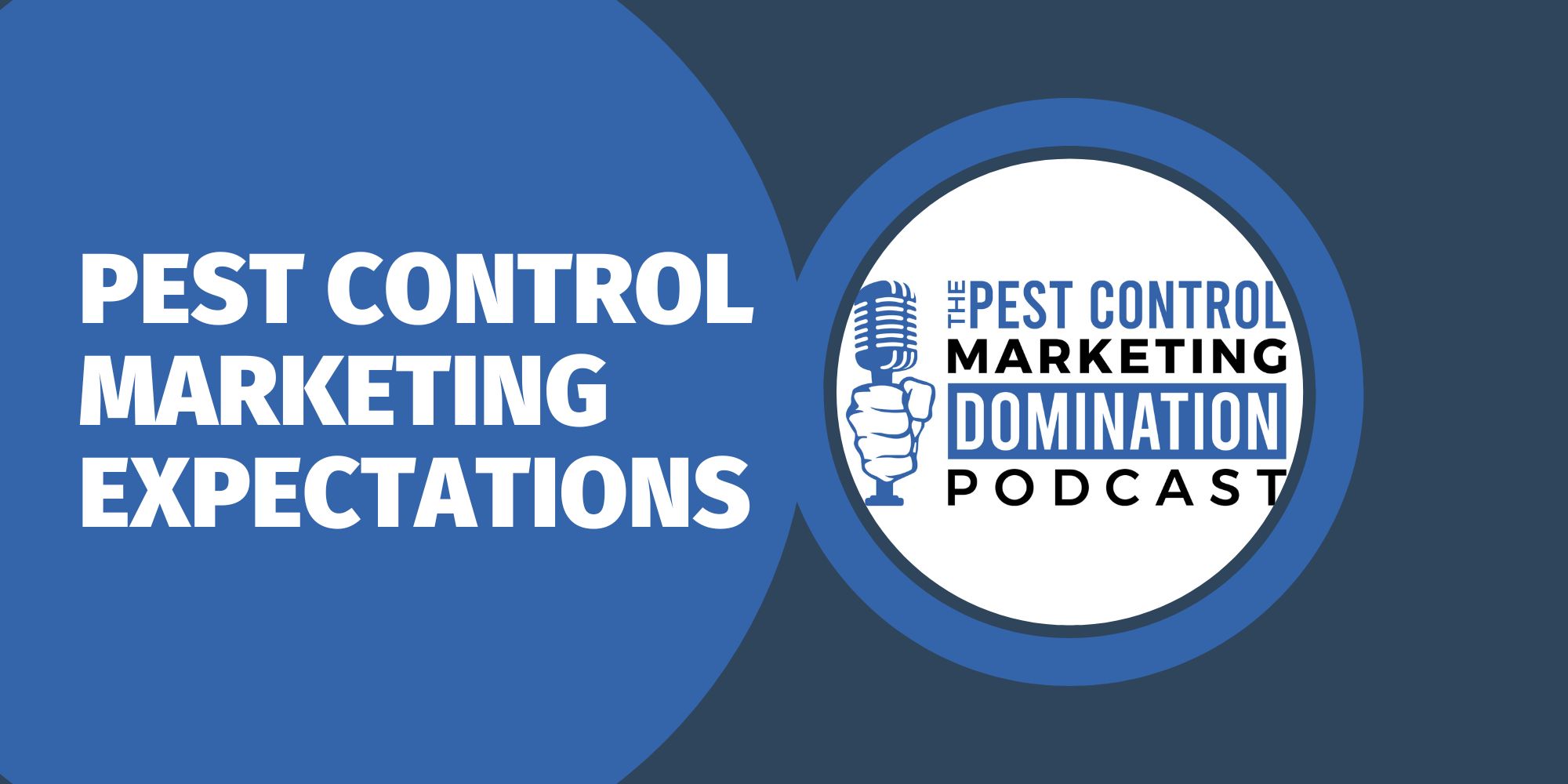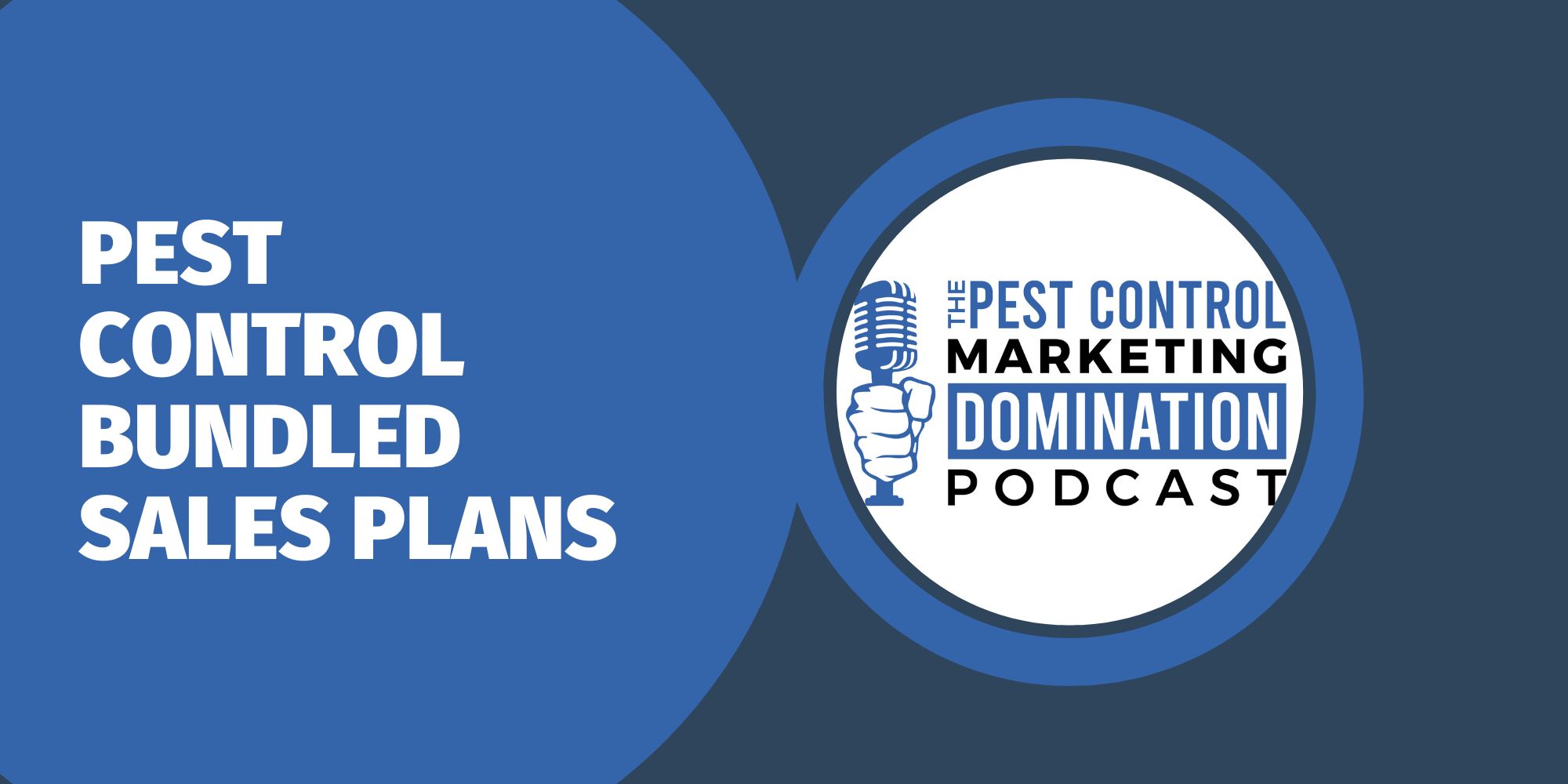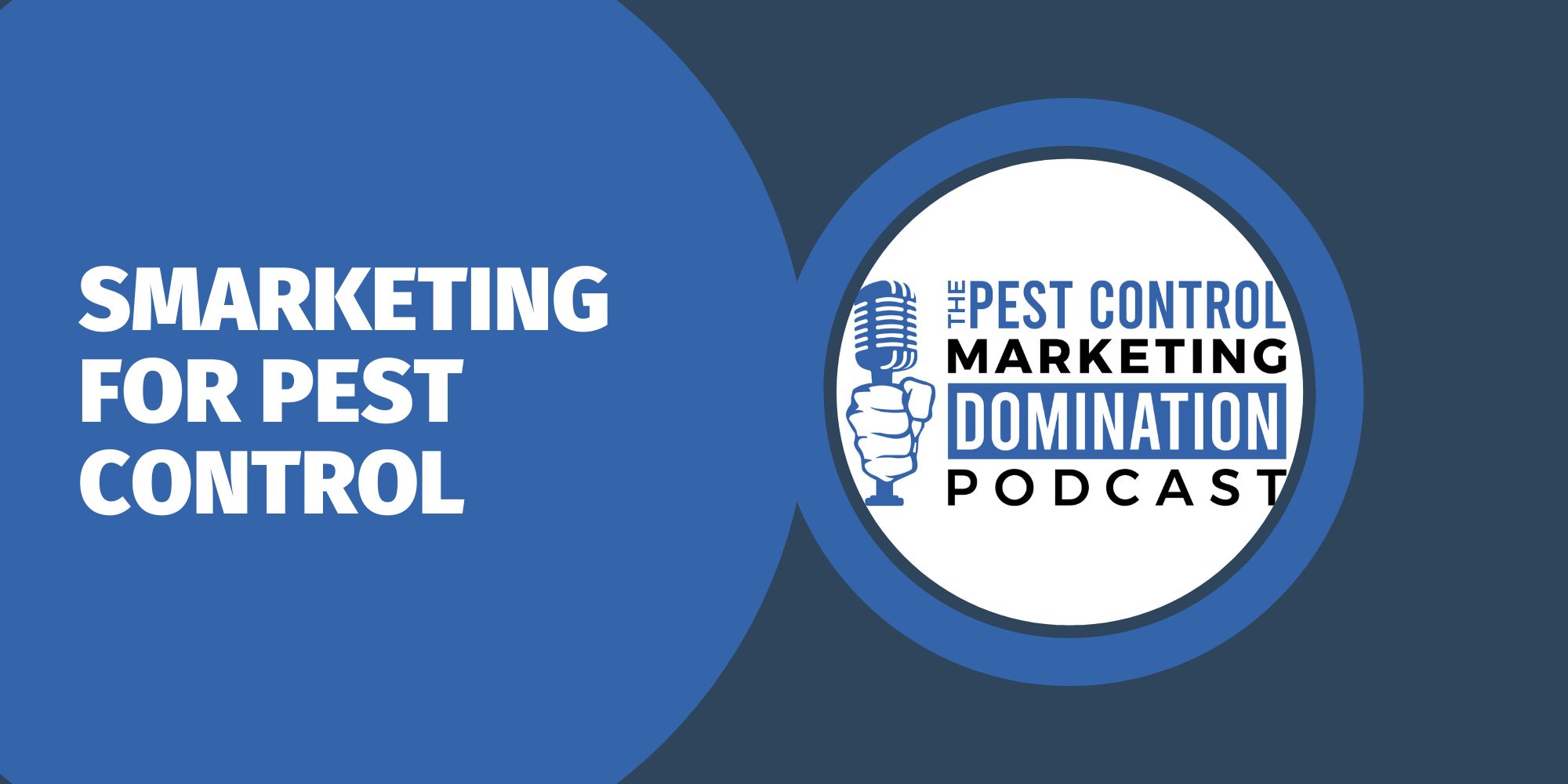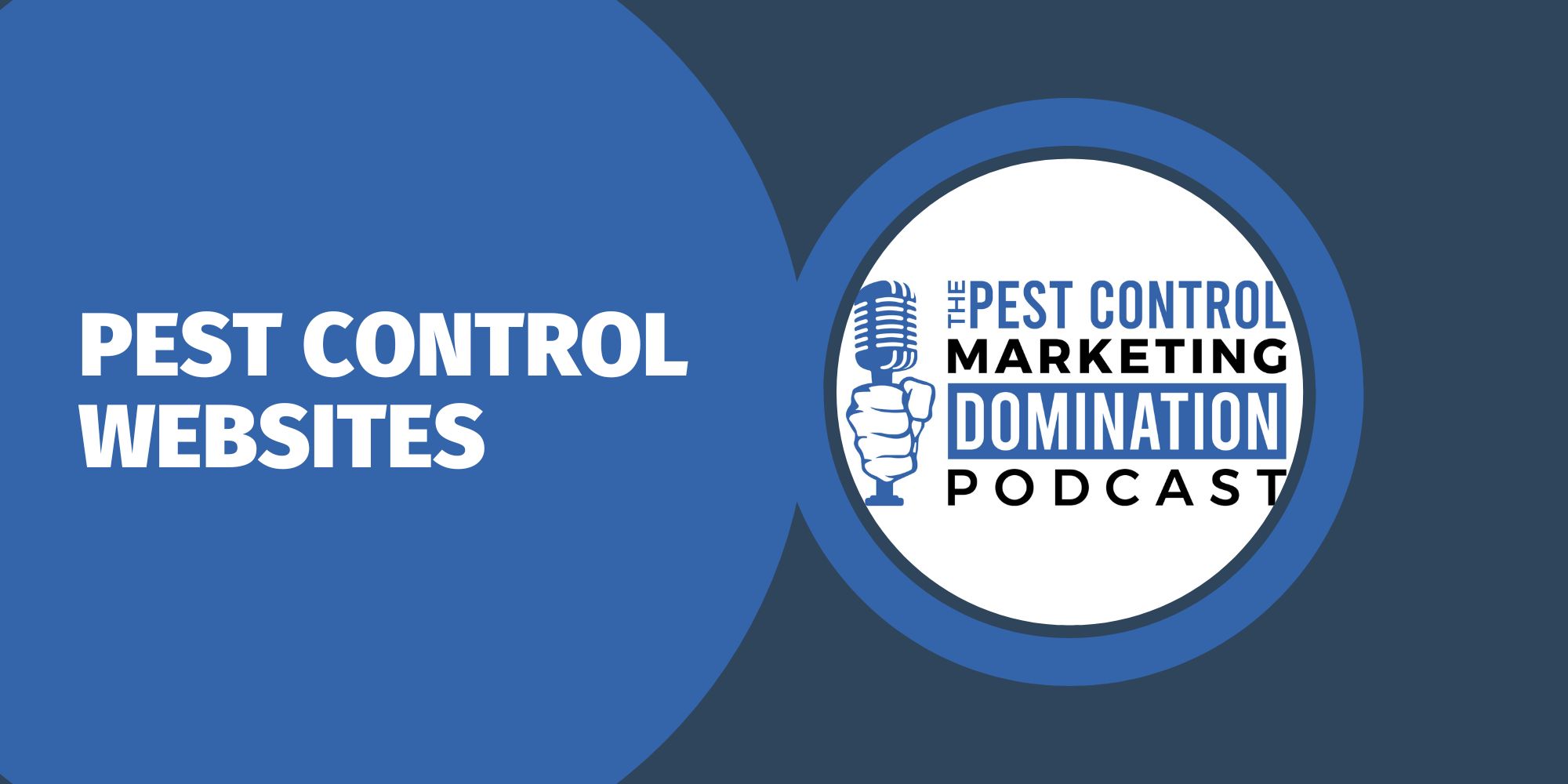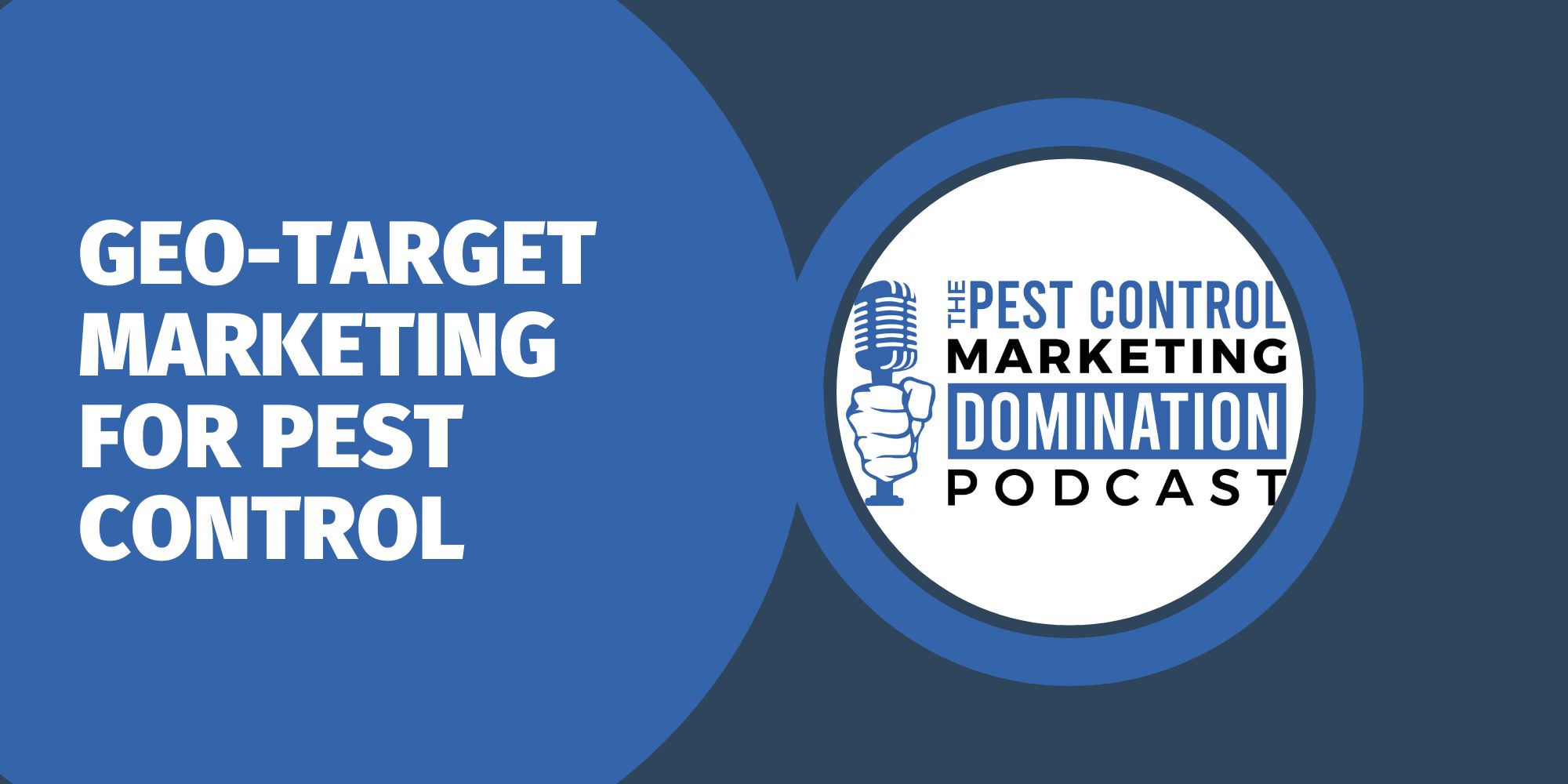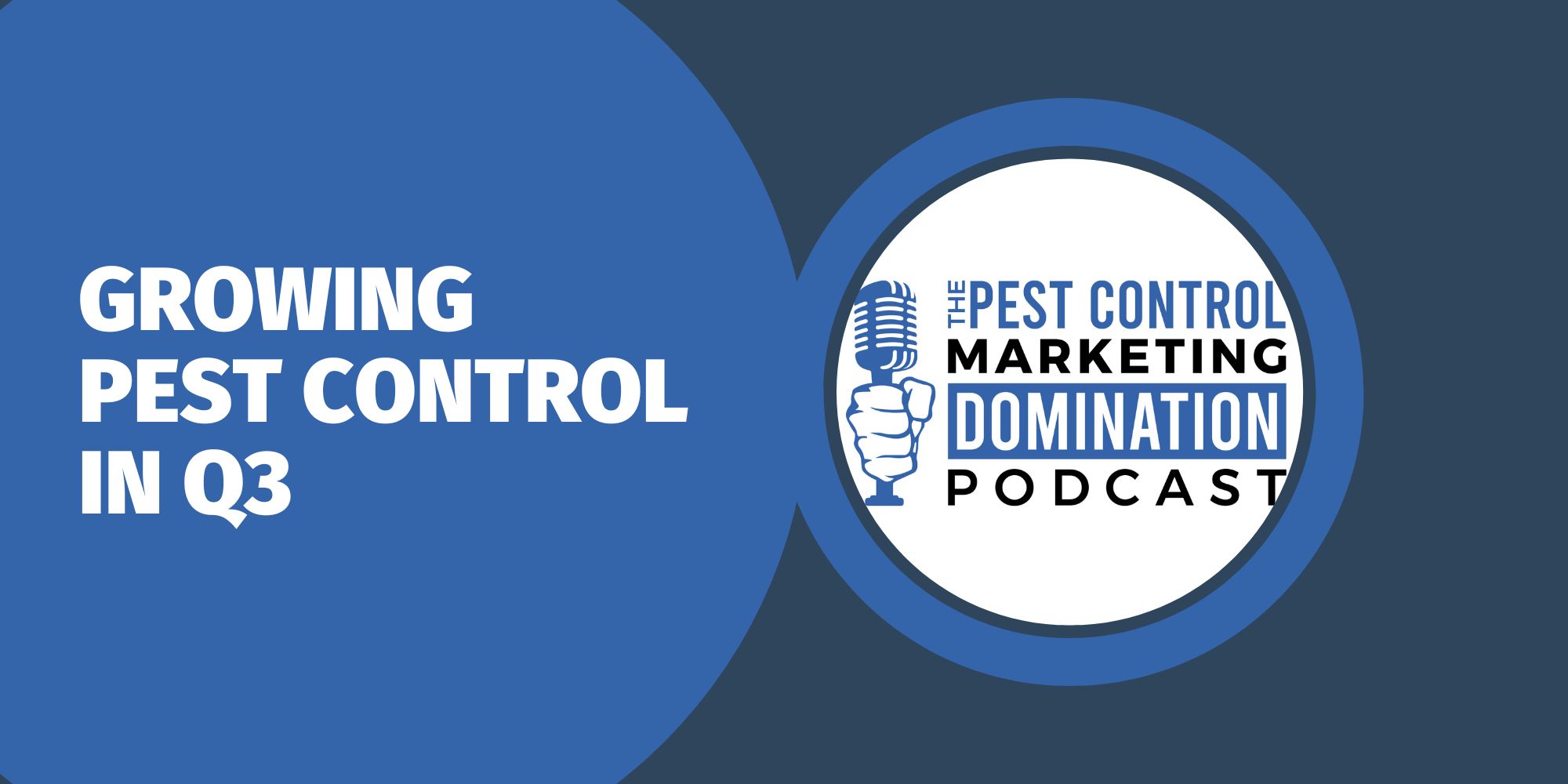Sales conversion rates play an instrumental role in gauging the success of any business. For a pest control company, they directly influence the profitability and growth, and ROI. These rates indicate how well a company’s marketing and sales strategies are working in converting potential leads into paying customers.
Different Types of Buying Customers:
- Emergency Buyers: These are customers who require immediate pest control services. They’ve perhaps identified a sudden infestation in their property and want an immediate solution. They’re often less price-sensitive, prioritizing speed and efficacy.
- Preventative Buyers: These customers are proactive, seeking pest control services to prevent potential infestations. They’re typically homeowners who recognize the value of regular pest control to protect their property.
- Value Buyers: This group seeks the best value for money. They compare different pest control service providers, looking for the best deal while still ensuring quality.
- Loyalty Buyers: These are repeat customers who’ve been satisfied with past services. Their trust in the company can result in regular business and referrals.
- Commercial Buyers: They represent businesses, from restaurants to offices, that need pest control services on a larger scale and may need regular maintenance.
Stages of the Buyer’s Journey:
- Awareness: At this stage, potential customers realize they have a pest problem or might have one in the future. They’re seeking information and are introduced to various pest control solutions.
- Consideration: Here, they’re evaluating different pest control companies and methods. They might look for reviews, compare prices, and evaluate the effectiveness of different solutions.
- Decision: The potential customer is now ready to choose a service provider. The effectiveness of a company’s sales process plays a significant role in whether the customer selects them or a competitor.
- Retention: Post-service, if the customer is satisfied, they might return for future services or even recommend the company to others. This stage is crucial for fostering loyalty. Retaining customers for extended periods of time greatly enhances their lifetime value, adding long-term revenues to your pest control company.
Negative Effects of a Bad Conversion Rate on a Pest Control Company’s Bottom Line:
- Lost Revenue: Reduced revenue is a direct consequence of a low conversion rate. If a company isn’t converting leads, it’s missing out on potential sales.
- Higher Marketing Costs: If a company is spending money on marketing but not converting leads, the cost-per-acquisition rises, leading to the wastage of the marketing budget.
- Reduced Competitive Edge: A low conversion rate might indicate customer preferences are leaning toward competitors, rendering the company less competitive in the market.
- Lost Opportunity for Repeat Business: Failing to convert a customer might mean missing out on future business opportunities, including upsells, repeat services, and referrals.
- Company Reputation: Persistent low conversion rates might hint at deeper issues within the company, such as poor service quality, ineffective sales strategies, or higher prices compared to competitors. Over time, this could tarnish the company’s reputation.
Understanding and optimizing sales conversion rates is paramount for a pest control company. It’s not just about attracting potential customers but ensuring they move smoothly through the buyer’s journey, from awareness to retention. Regularly monitoring and adjusting strategies based on conversion data can pave the way for increased profitability and growth.
For more information, download our free guide; click on the image below.










